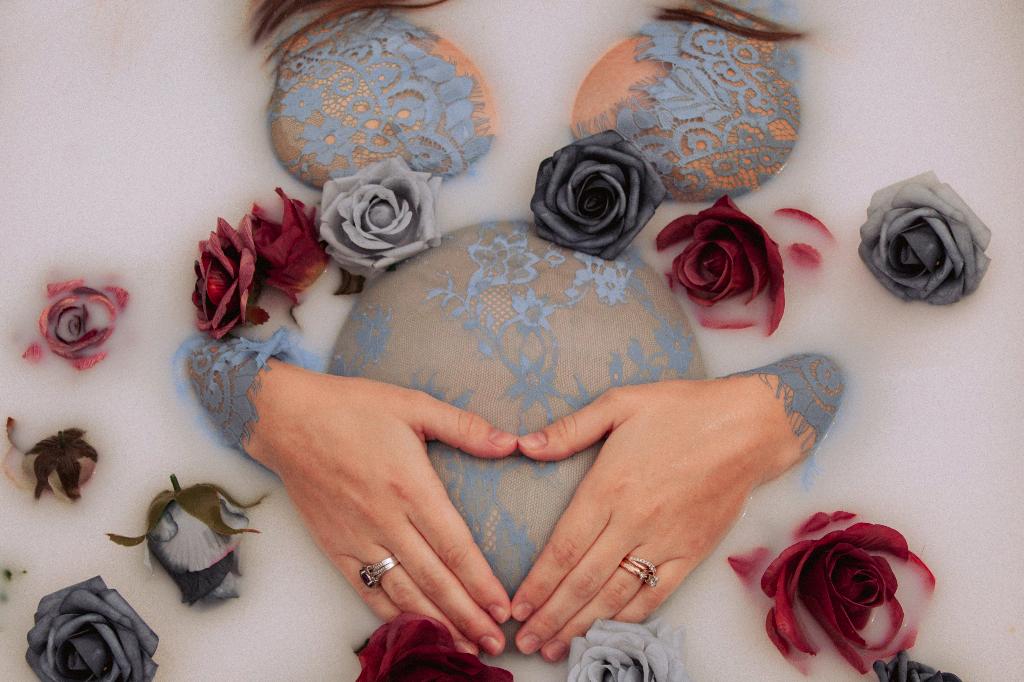During pregnancy, many changes occur in a woman’s body as it adapts to nurturing a growing baby. One of the more fascinating transformations that can happen is the protrusion of the belly button, also known as an “outie.” While it doesn’t happen to everyone, some women experience this change as their pregnancy progresses.
The phenomenon of the belly button popping out is more likely to occur when the fetus in the uterus puts pressure on the abdominal wall. This pressure can cause the normally indented belly button, or “innie,” to become an “outie.” It’s like a little souvenir of the miracle happening inside the womb, a visible sign of the incredible journey of pregnancy.
Typically, the belly button popping out occurs in the second or third trimester of pregnancy. It is most commonly observed around the 26th week of gestation. This is the time when the baby is growing rapidly, and the expanding uterus starts putting more pressure on the abdomen, leading to various changes, including the protrusion of the belly button.
For some women, the belly button popping out can be a source of curiosity and even amusement. It’s a unique and temporary physical change that symbolizes the incredible process of creating new life. While it may not happen to everyone, those who experience it often find it to be a fascinating aspect of their pregnancy journey.
It’s essential to remember that every pregnancy is different, and not all women will experience their belly button popping out. Factors such as the position of the baby, the strength of the abdominal muscles, and the individual’s body shape can all influence whether this change occurs. For those who do experience it, it can be an exciting and visual reminder of the precious life growing inside.
As the baby continues to grow and develop, the pressure on the abdominal wall may increase, potentially leading to further protrusion of the belly button. This gradual transformation can serve as a physical reminder of the incredible journey of pregnancy and the body’s remarkable ability to adapt to the changes brought about by nurturing a growing baby.
Women who notice their belly button popping out during pregnancy should embrace this change as a natural and temporary part of the pregnancy process. It is a unique and individual experience that can vary from woman to woman. While some may find it amusing or intriguing, others may view it as a beautiful reminder of the life growing within them.
It’s crucial for expectant mothers to listen to their bodies and prioritize their comfort during pregnancy. If the belly button popping out causes any discomfort or pain, it’s essential to speak with a healthcare provider for guidance and reassurance. Remember that each pregnancy journey is unique, and it’s okay to seek support and advice when needed.
Overall, the belly button popping out during pregnancy is a natural and normal occurrence for some women. It serves as a visible representation of the remarkable changes happening within the body as it nurtures new life. Embrace this transformation as a symbol of the incredible process of pregnancy and the body’s ability to adapt to the demands of growing a baby.
As you navigate the journey of pregnancy, remember to cherish the moments of change and growth, both physically and emotionally. The belly button popping out may be just one of many unique experiences you encounter along the way, each contributing to the beautiful and transformative process of bringing new life into the world.
In conclusion, the timing of when the belly button pops out in pregnancy can vary, typically occurring in the second or third trimester around the 26th week. While not all women will experience this change, for those who do, it can be a fascinating and visual reminder of the incredible journey of pregnancy and the body’s ability to adapt to the changes brought about by nurturing a growing baby.

